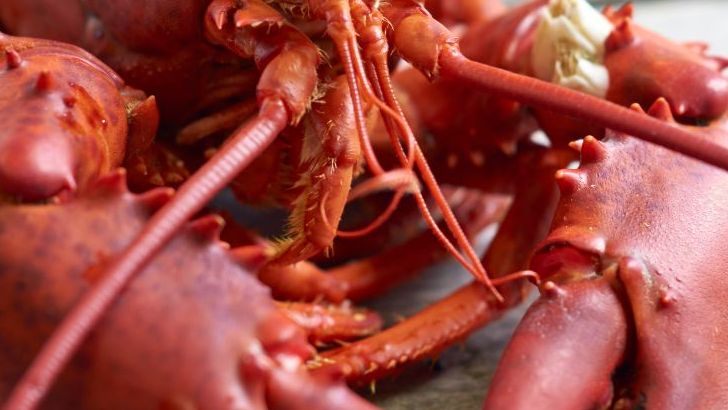Chi-Chi’s: The Mexican Chain That Defined Family Dining
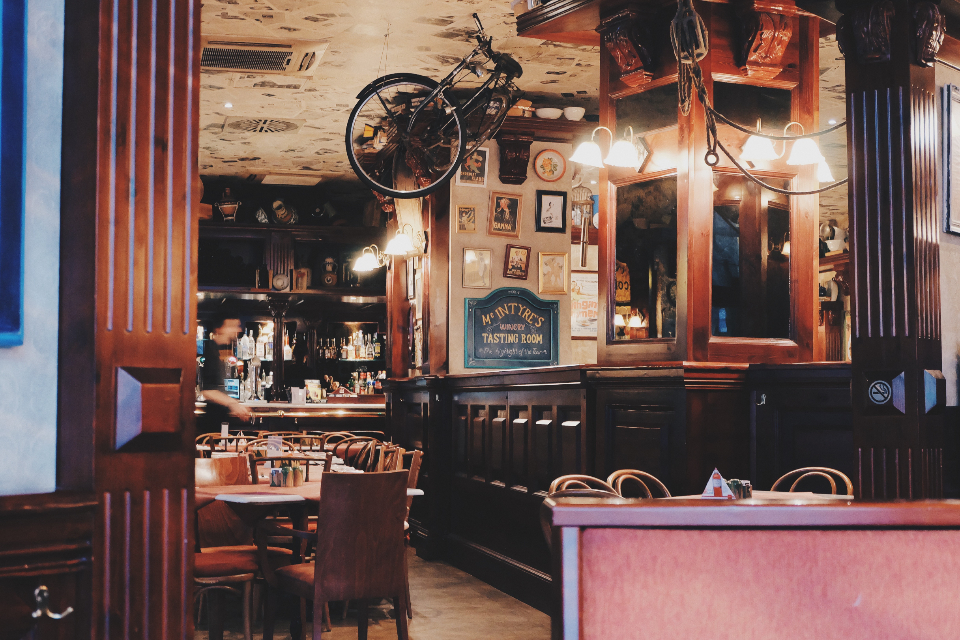
Chi-Chi’s announced plans to start opening locations again in 2025, roughly 20 years after it disappeared. A series of ownership changes, a Chapter 11 bankruptcy filing, and a deadly Hepatitis A outbreak linked to green onions in its salsa all led to the closures of Chi-Chi’s last remaining restaurants in 2004. But Michael McDermott, son of Chi-Chi’s co-founder Marno McDermott, is reviving the brand after inking an agreement that allows him to use the Chi-Chi’s name on physical restaurants. Nearly fifty years after the first Chi-Chi’s started service near Minneapolis in 1975, McDermott opened a new Chi-Chi’s nearby in late 2024. A second Chi-Chi’s in Maple Grove, Minnesota, is set to debut in fall 2025.
The chain’s return speaks to something deeper than mere nostalgia. There was one place, and one place only, to go for your birthday dinner in the ’90s and share a giant fried ice cream with your family and friends. And that was Chi’s Chi’s of course. In the heyday of the 90s, Chi’s Chi’s was the place to be. For countless American families, Chi-Chi’s wasn’t just dinner out, it was where celebrations happened.
McDermott stated “I still have fond memories of growing up in the CHI-CHI’S™ restaurants that my father built throughout their time, instilling in me the passion and determination to pursue my own career in the restaurant industry.” This personal connection suggests the revival isn’t just about capitalizing on a brand name, but honoring a family legacy that meant something to millions of diners.
Red Lobster: America’s Seafood Institution Gets New Leadership
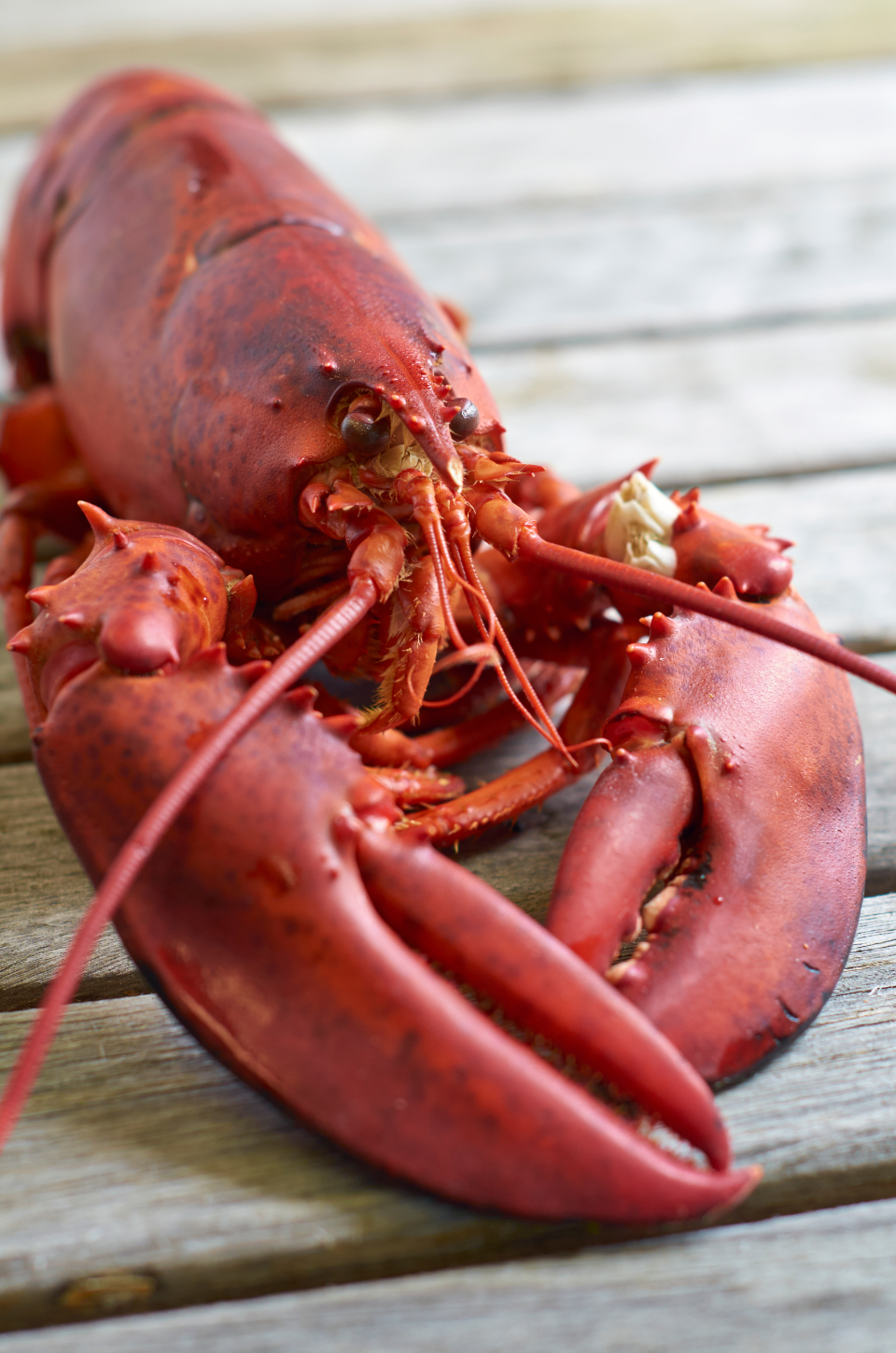
In May 2024, it filed for bankruptcy, citing around $30 million in accessible cash against $1 billion in debts. Of its 578 restaurants in North America, dozens closed immediately, but by September 2024, Red Lobster had righted the ship. Investors associated with Fortress Investment Group created RL Investor Holdings LLC and fully took over the struggling seafood chain, plunging $60 million into a recovery campaign.
Red Lobster emerged from Chapter 11 status and more than 500 restaurants were open for business with a scaled-down menu, altered recipes, and widespread dining room updates and remodeling on the way. However, after restructuring and closing some floundering locations, Red Lobster brought on new leadership in late 2024, with CEO Damola Adamolekun. The 36-year-old brought in a millennial perspective, and it has awakened the restaurant from the shipwrecked dead. Adamolekun led a $60 million investment that involved eliminating pricey deals in favor of promos such as Lobsterfest and shrimp specials.
Red Lobster, with its famed seafood boils and Cheddar Bay Biscuits, started sinking into the ocean when it filed for Chapter 11 bankruptcy in May 2024. The restaurant fell on hard times after years of doomed promotions, such as the $20 Ultimate Endless Shrimp deal that cost the company a boatload of cash. Sometimes the best comeback stories start with admitting what went wrong. Fan favorites returned, menus are more customizable, and new items were added, like garlic butter-poached Maine lobster, lobster mac and cheese, and lobster rolls.
Sizzler: The Steakhouse Chain Reinventing Itself for Modern Times
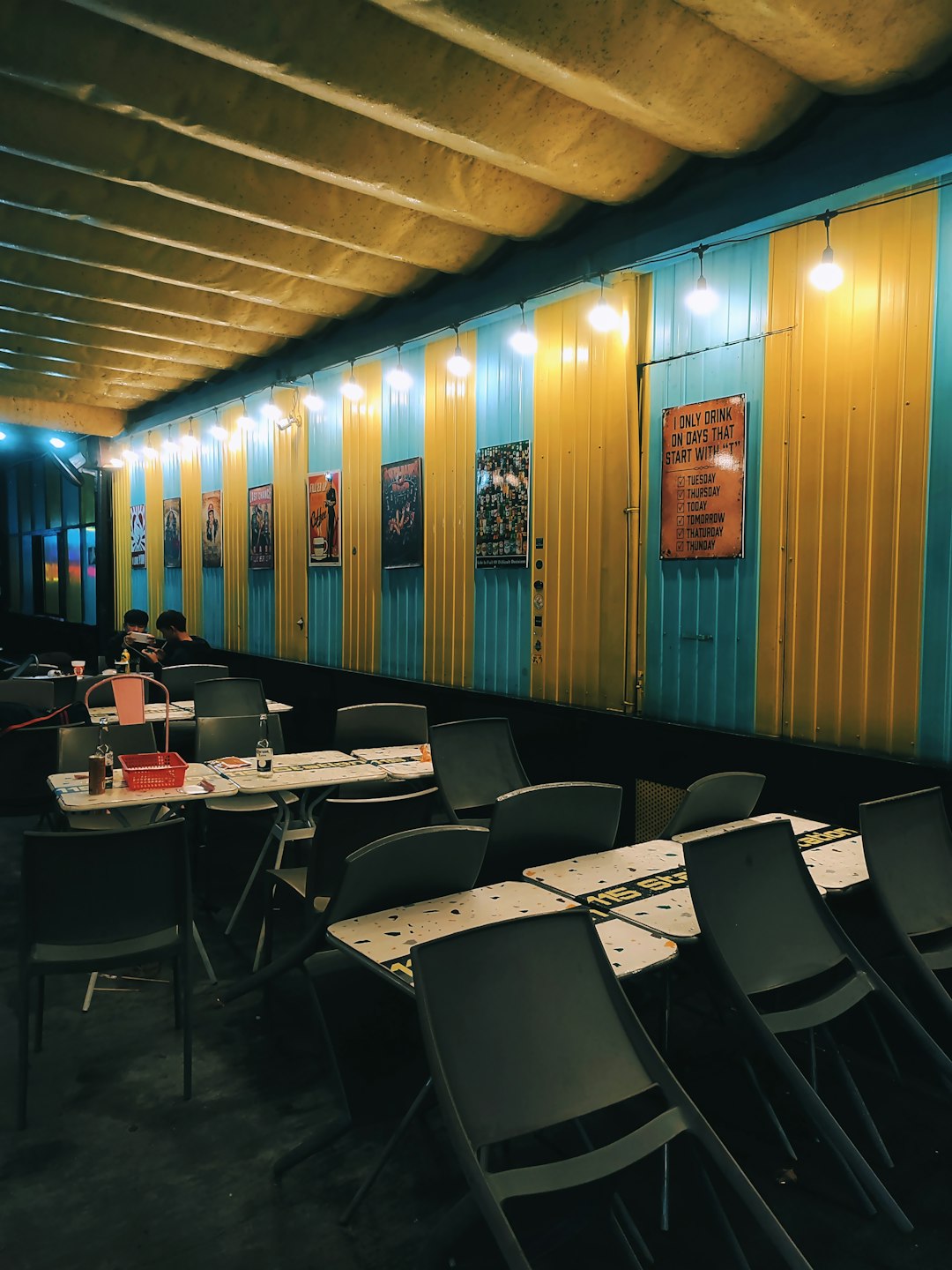
Despite these obstacles, Sizzler has started to show signs of a revival in recent years. The company revealed in 2023 that it was changing its marketing strategy to connect more with customers and reach younger generations who may not have a connection to the Sizzler brand. It has also created a modernized restaurant design complete with sleek digital menu boards, recycled wood accents, and tile flooring. Sizzler plans to remodel all of its remaining locations to match the new prototype and has already been making progress on that ambitious goal.
Originally opened by Del and Helen Johnson in Culver City in 1958, iconic steakhouse Sizzler (then called Sizzler Family Restaurant) has become one of the most recognizable steak restaurants in the country, blending affordability with ease in a way few other restaurants have done over the decades. Now, more than 65 years since its first family-focused location, Sizzler is back – or about to be. Despite its ups and downs, the chain (known for its cheese toast, sprawling salad bar and affordable steaks) is remodeling locations, switching up its menu and even reintroducing a classic mascot.
A forgotten cow mascot from the 1950s was brought back to life and renamed Ribby Ribeye. Ribby also has an entourage of new Taste Buddies like Rippy, the lobster tail, Toasty, the brand’s beloved cheese toast avatar, and the Salad Bar-barian. The rebrand demonstrates how heritage brands can honor their past while speaking to contemporary audiences. On the advertising front, Sizzler is bringing in Jodie Sweetin – best known as Stephanie Tanner on both “Full House” and “Fuller House” – who starred in commercials for the restaurant at the beginning of her career. In an era where nostalgia reigns supreme, the casting is pitch-perfect for a chain staking a comeback.
Steak and Ale: The Casual Dining Pioneer Returns
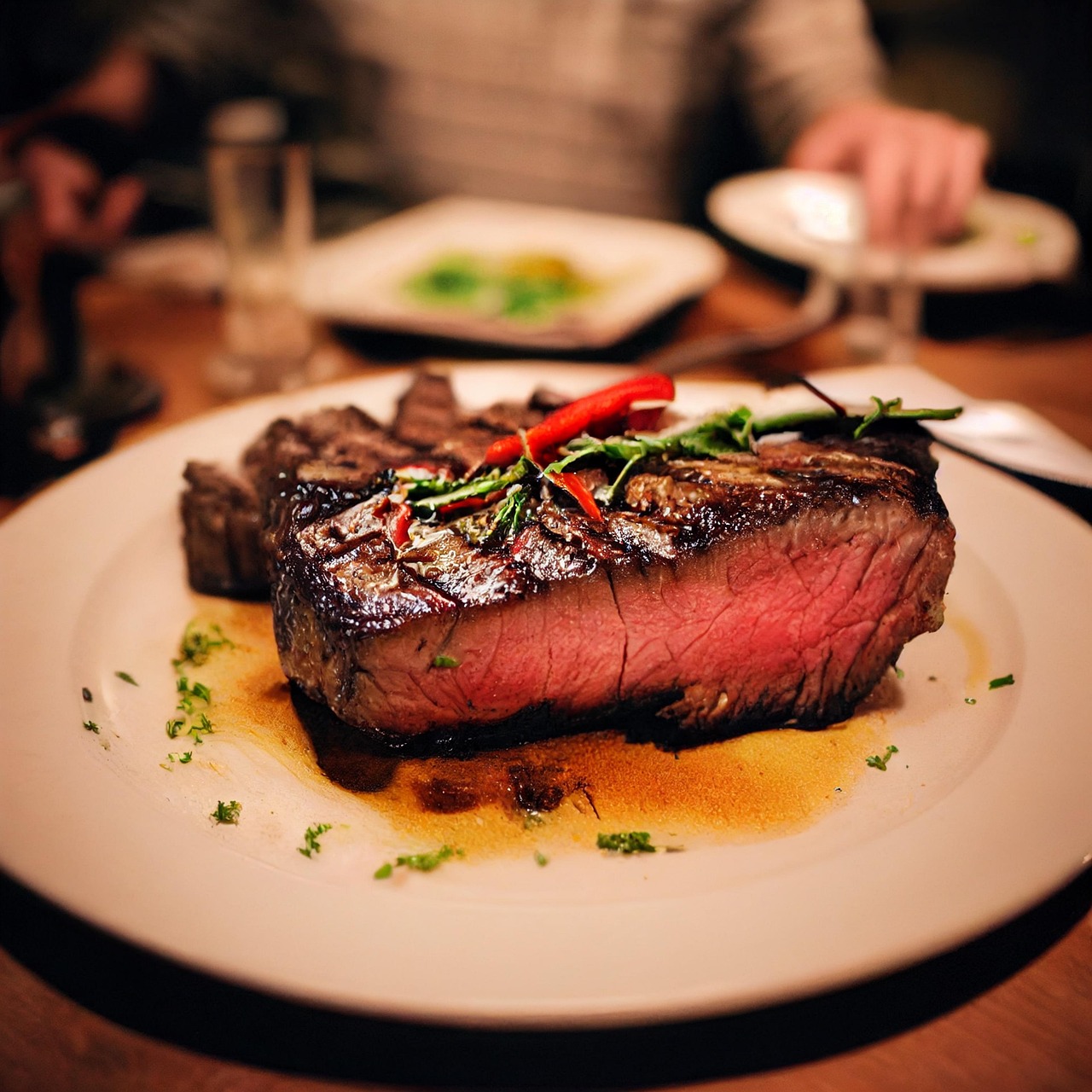
About 16 years after it went bankrupt and shuttered all of its restaurants, Steak and Ale is officially back in business. The retro steakhouse chain opened a highly anticipated new restaurant inside the Wyndham Nicollet Inn in Burnsville, Minn., in mid-July. It serves several contemporary and regional offerings, as well as a plethora of returning options that customers already know and love. The giant salad bar, table-side Caesar salad, Kensington Club, Hawaiian Chicken, Oh Baby Back Ribs, and the 20-ounce “Norman Cut” Herb Roasted Prime Rib are some of the old favorites featured on the menu at the Burnsville restaurant.
Widely considered the early model for casual dining, Steak and Ale was founded by Norman Brinker in 1966 on the premise of providing great steaks at affordable pricing and attentive, friendly service in an intimate yet comfortable environment. Inspired by the warmth of an English inn, the concept took off and grew to more than 110 locations worldwide at its peak. The restaurant literally created the casual dining template that countless chains would follow.
The power of that nostalgia – or as Mangiamele likes to call it, “New-stalgia” – is perfectly exemplified by the Facebook group called “Steak and Ale’s Comeback,” which was created in 2013 and has grown to nearly 55,000 followers. That group has become a kind of playbook for Mangiamele, with wish-list cities and former employees reminiscing about how great it was to work for the company. This organic customer demand proves that some brands create connections that transcend simple dining experiences.
Bennigan’s: Irish Hospitality Making a Strategic Return

As of 2025, there are six Bennigan’s flagship, pub-style restaurants in Illinois, Iowa, Texas, and North Dakota. Meanwhile, there are more than 30 Bennigan’s On The Fly operating, offering express service and a limited menu in airports, casinos, and pre-existing retail spaces, as well as international locations. Bennigan’s currently has 10 locations open in the U.S. in Illinois, Iowa, Michigan, Nevada, North Dakota, and Texas, including three “On the Fly” units (the brand’s fast-casual iteration), plus 15 international restaurants. Bennigan’s On The Fly creates more diverse franchising opportunities and attracts a new demographic; while the typical full-service Bennigan’s sites are free-standing, 5,200-square-foot restaurants with full bars and patios, the quick-serve model is flexible and can fit in nontraditional venues like airports, arenas, hotels, food halls and more.
For many diners, Bennigan’s is synonymous with its Monte Cristo, one of the most intense chain restaurant sandwiches I’ve ever seen. “Honey wheat bread layered with tender ham, roasted turkey, Swiss and American cheeses,” reads the description of the sandwich on the Bennigan’s website. “Batter-dipped, gently fried and coated with powdered sugar. Served with red raspberry preserves for dipping.” Some menu items become so iconic they define entire brands.
The power couple has been hard at work bringing back relevancy, sales, and locations to Bennigan’s, the Irish pub-themed American restaurant founded in 1976 in Atlanta. Bennigan’s became known for its friendly atmosphere and craveable American fare, from Prime half-pound burgers and sandwiches – including the World-Famous Monte Cristo – to favorites like Oh, Baby Back Ribs. The strategic approach combines traditional full-service locations with flexible formats that can adapt to modern retail environments. Despite being largely out of sight for nearly 15 years, the chain hasn’t been forgotten.

